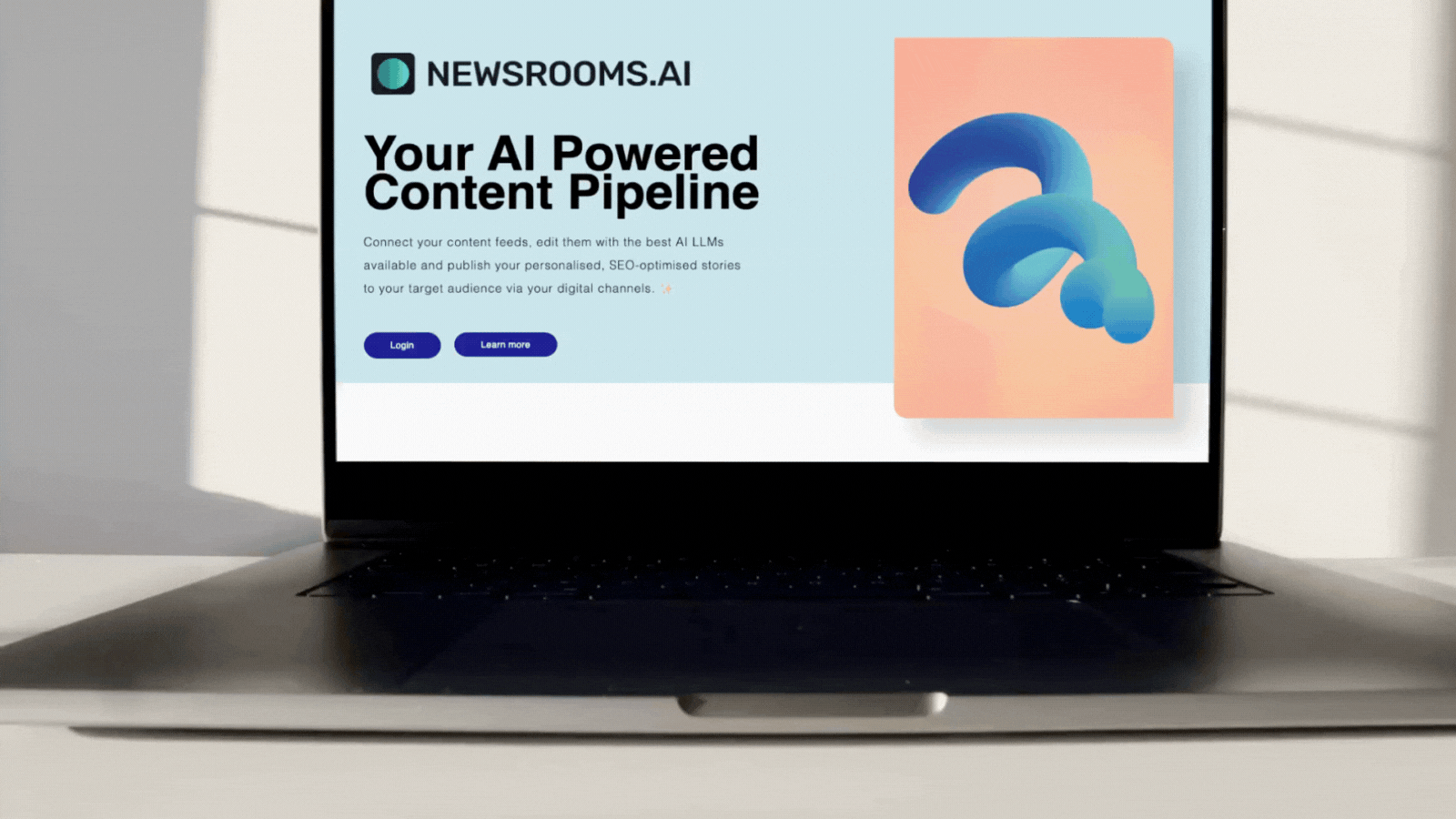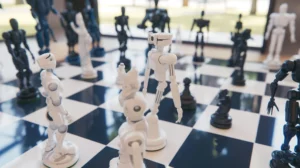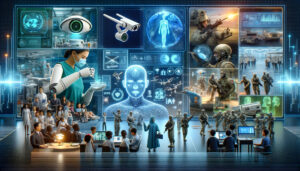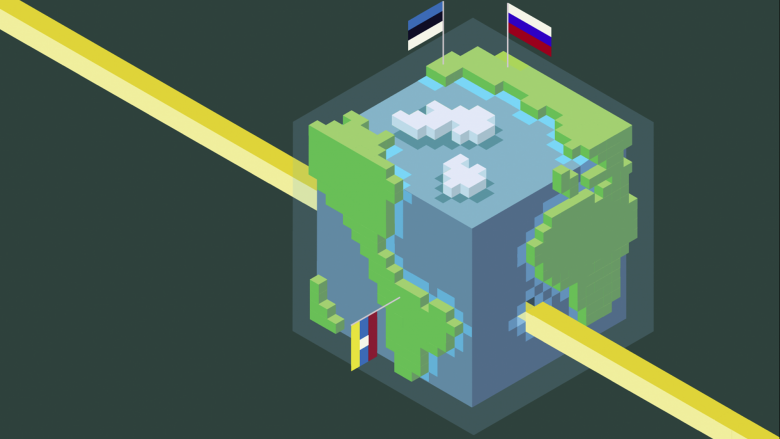AI Act: 7 elements should decide what AI is and what is not

In addition to the guide for prohibited AI applications, the EU Commission has now also published a guide to help companies assess whether their AI systems fall under the AI Act or not. The key here is the definition of which software is actually considered an AI system.
“The AI Act does not apply to all systems, but only to those systems that meet the definition of an ‘AI system’ within the meaning of Article 3 paragraph 1 of the AI Act. The definition of
an AI system is therefore key to understanding the scope of the AI Act,” it says.
So, get ready: are you AI or are you not?
7 points that distinguish AI from non-AI
The guide lists 7 points that ultimately determine whether or not an AI system is to be regulated. In principle, it is decided on a case-by-case basis whether it is an AI system or not; there is “no automatic determination or exhaustive list of systems that would either fall under the definition or not.”
In addition, it says that not all 7 points have to be fulfilled. There is a “construction phase” and a “use phase” of the system. “The seven elements listed in this definition
do not have to be present throughout both phases of the life cycle,” it continues.
So what are the 7 elements?
1. Machine-based system
- Refers to hardware and software components
- Includes physical elements such as processors, memory, network components and input/output interfaces
- Includes software such as computer code, instructions, programs, and operating systems
- Also includes advanced quantum computing systems and biological/organic systems as long as they provide computing capacity
2. Autonomy
- The system must be able to operate with a certain degree of independence from human intervention
- It is closely related to the inference capability of the system
- Excludes systems that operate exclusively with full manual control
- Human involvement can be direct (manual controls) or indirect (automated system-based controls)
3. Adaptability
- Refers to self-learning capabilities that can change system behavior during use
- Is an optional property – a system does not necessarily have to be adaptive to be considered an AI system
- Can lead to different results for the same inputs
4. Objectives
- Systems work according to explicit or implicit goals
- Explicit goals are clearly defined goals that are coded directly in the system
- Implicit goals can arise from training data or system interactions
- Goals may differ from the intended use
5. Inference
- Central, indispensable feature that distinguishes AI systems from other systems
- Includes two main aspects:
- process of generating expenditure during the usage phase
- Ability to derive models or algorithms from inputs/data
- Uses various AI techniques such as machine learning and knowledge-based approaches
6. Type of expenses
- Generates four main categories of output:
- Predictions: Estimates of unknown values
- Content: Generation of new material (text, images, videos, music)
- Recommendations: suggestions for specific actions or services
- Decisions: Automated conclusions without human intervention
7. Environmental interaction
- Outputs must be able to influence physical or virtual environments
- Includes influences on:
- Physical objects (e.g. robot arm)
- Virtual environments (digital spaces, data flows, software ecosystems)





























